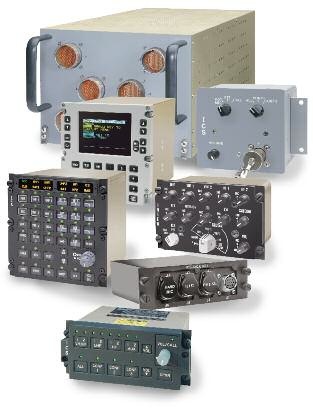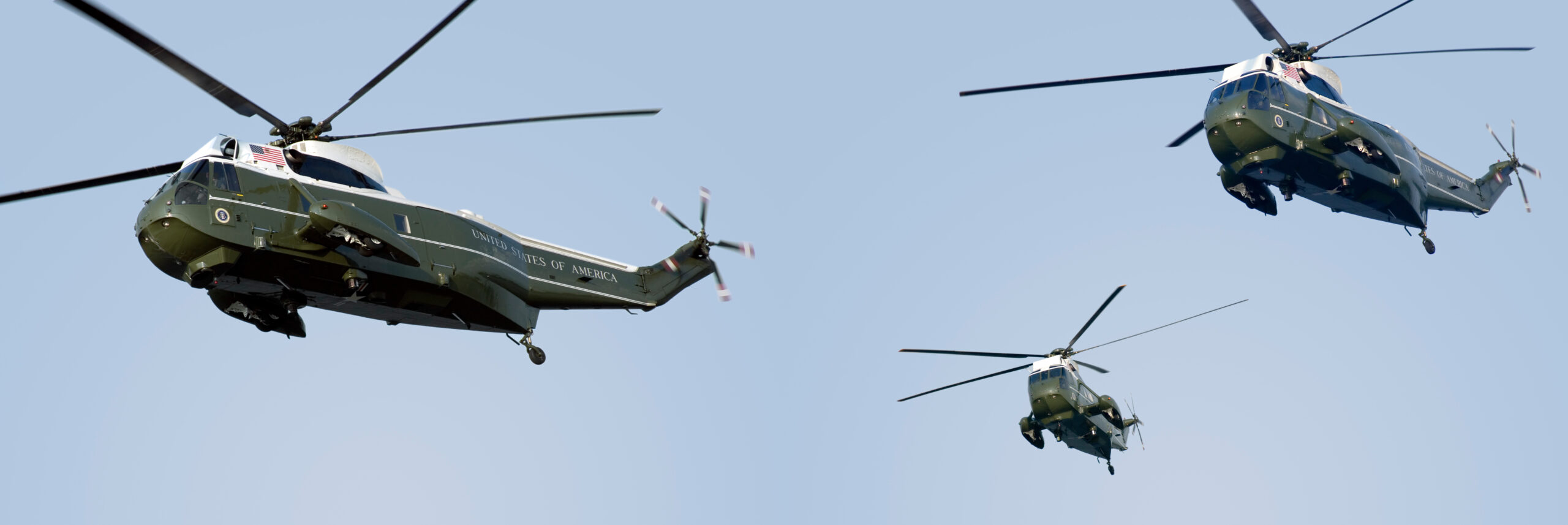What are Analog Communication Systems?
Palomar Secure Communication System 1.0 technology provides a wide range of solutions for secure intercommunication systems (ICS) using full military qualified non-developmental item hardware. Our TEMPEST compliant integrated systems include high quality audio, secure and clear communications, crypto and data modem switching, radio control, radio relay, MIL-STD-1553B interface, microprocessor controlled flexibility, redundancy and a current design for logistics support. Ultra-high channel-to-channel isolation allows the management of multi-level secure communication assets and crew stations. The integrated, microprocessor controlled, modular distribution system is designed to meet modern net-centric multi-mission operational requirements. It offers reliable real-time control of communication and data assets in the most demanding battlefield conditions.

Analog Communication System Scalable Architecture
Performance Characteristics

Product Overview
Product Brochure
Explore Palomar SCS 1.0, a scalable, secure communication system offering voice, data, and video management for military and aerospace platforms.










